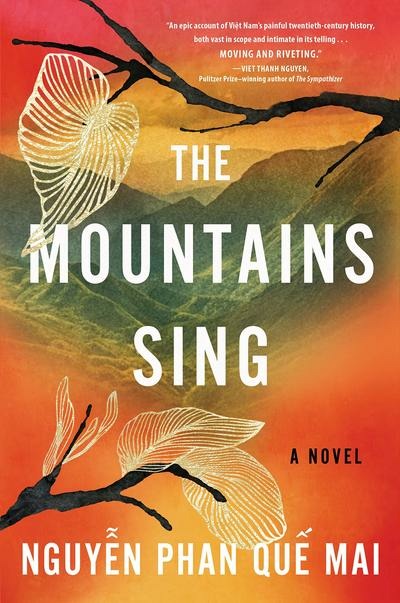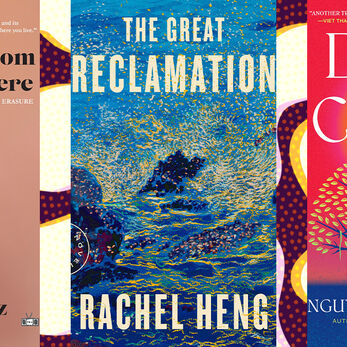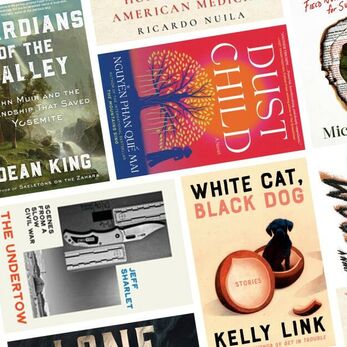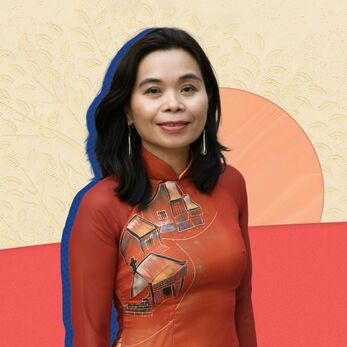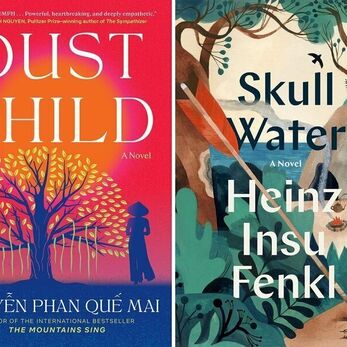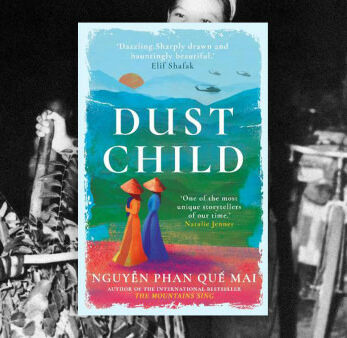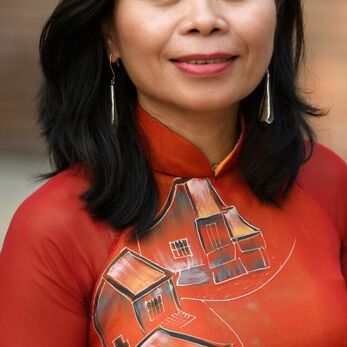Nguyễn Phan Quế Mai’s The Mountains Sing weaves a fascinating narrative of Vietnam through the alternating voices of Huong—a woman born in Vietnam in 1960—and her grandmother, Dieu Lan. Quế Mai is an acclaimed Vietnamese poet, and her vivid images, along
Nguyễn Phan Quế Mai’s The Mountains Sing recounts a fascinating narrative of Vietnam through the alternating voices of Hương—a woman born in Vietnam in 1960—and her grandmother, Diệu Lan. Quế Mai is an acclaimed Vietnamese poet, and her vivid images, along with the simplicity of her prose, make the novel propulsive and haunting in its depiction of a deep, nuanced landscape.
Early on, Quế Mai writes, “Only through honesty can we learn about the truth.” That truth is, at times, hard to confront. The Vietnam War-set opening scene—as Hương and her grandmother seek shelter from bombs, only to find that the available hiding places are full of people or cold water or both—is difficult to process, but the novel begs us to keep reading, to see how the two women’s narratives converge, to understand the legacy and complexity of family and place.
In alternating chapters, Quế Mai moves between Hương’s visit to Hanoi in 2012, her survival of the Vietnam War with her late grandmother and Diệu Lan’s harrowing stories of how war, poverty and North Vietnam’s land reform movement ripped their family apart. Diệu Lan’s community turns on her as a result of the politics of the land reform movement, and she is chased off her land, forced to abandon her family and remake her entire life. These historical chapters reveal the complexities of this family and how it has been ruptured by generations of conflict, bolstering our comprehension of how colonialism, violence and the landscape impact a family’s past and present.
While many recent novels from authors like Ocean Vuong and Viet Thanh Nguyen give glimpses of the Vietnamese American experience, The Mountains Sing offers a tale of Vietnamese history through a Vietnamese lens: neighbors caring for and turning against each other, families split apart by war and attempts at reunification on various scales. We also see the ways that food (foraging for it, cooking it, sharing it, eating it) can bring communities together and rip them apart.
Above all, we see how war impacts the individual. Hương and Diệu Lan are remarkably drawn characters. They’re complex, likable, flawed women, and each is searching to connect with family and understand her community and history. Their pain and joy make the novel and landscape sing.

